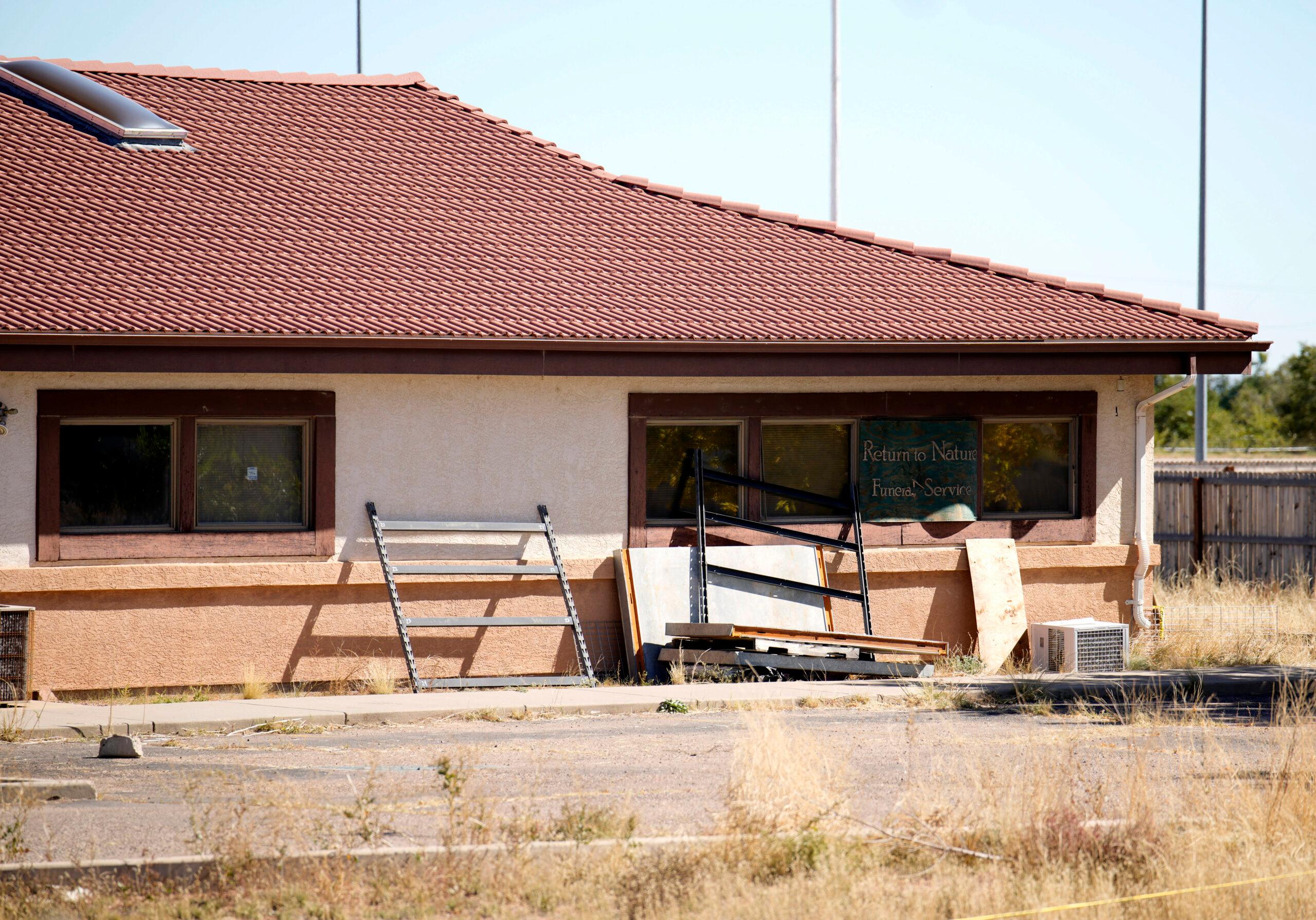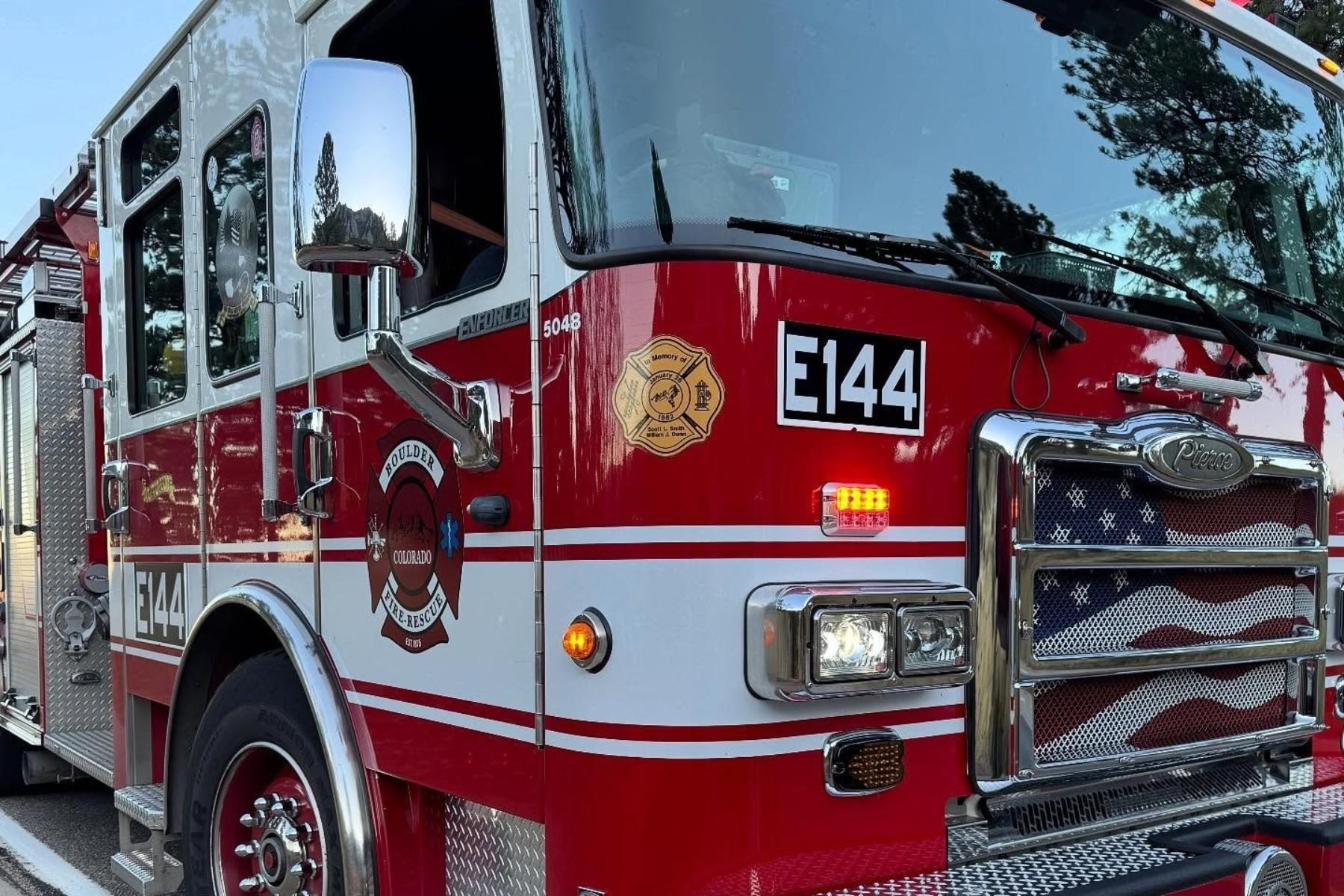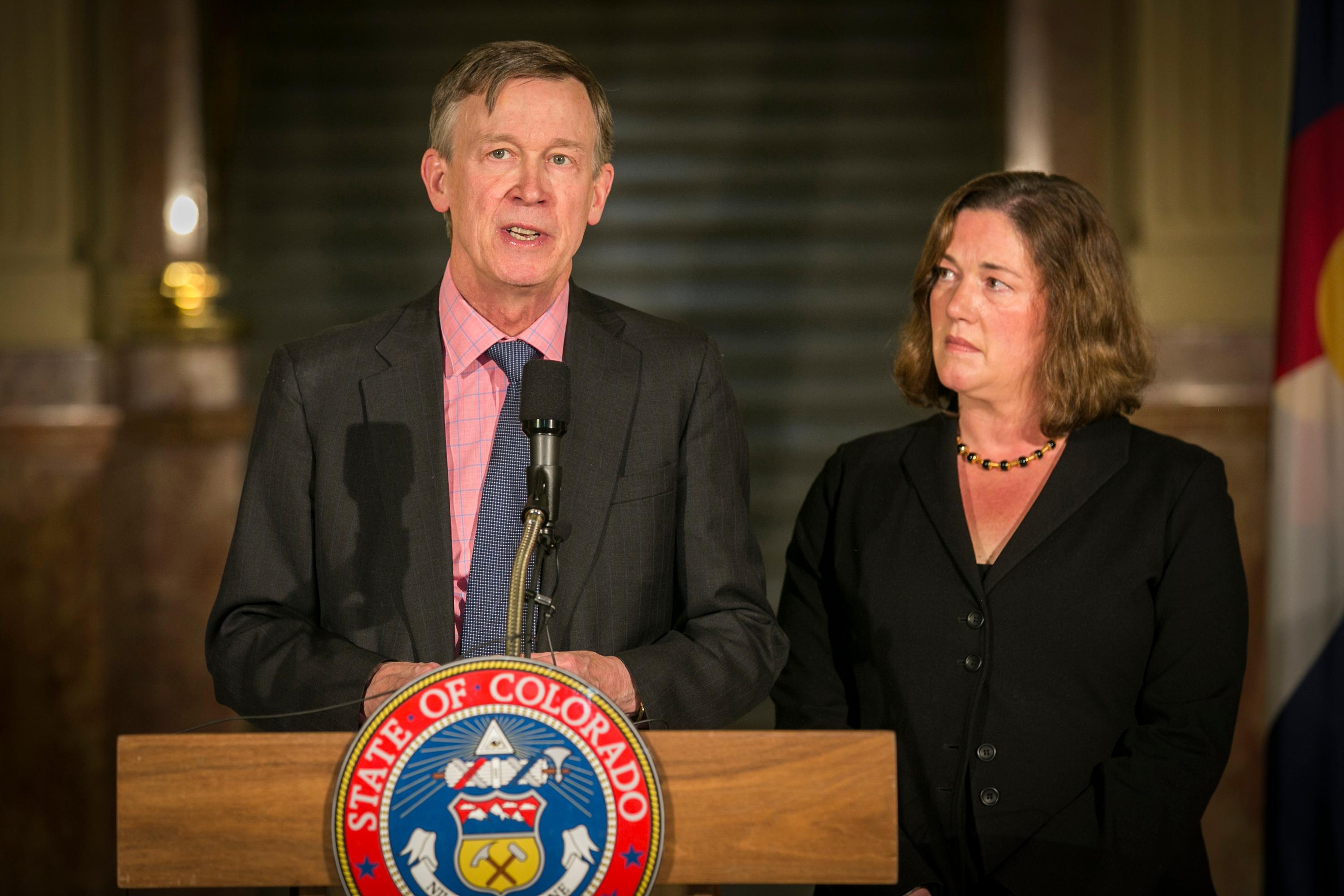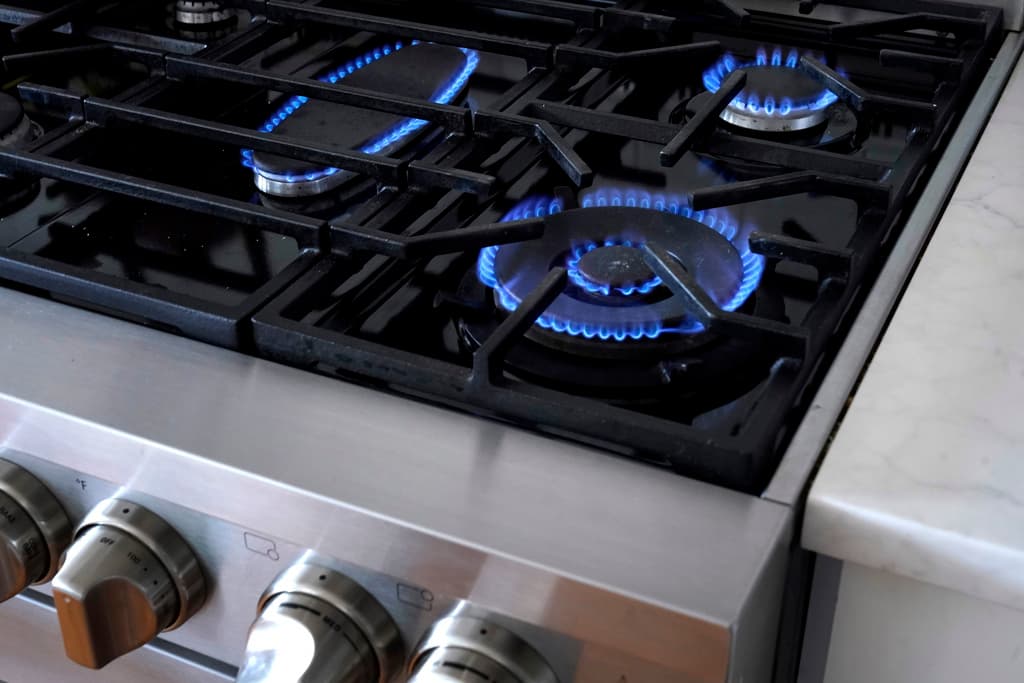
Public health experts in Colorado are applauding new rules from the Biden administration meant to address excessive heat in the workplace, as extreme heat becomes more and more of a health problem, with average temperatures rising in the U.S.
The administration proposed a new rule Tuesday to address excessive heat in the workplace. The move came as soaring temperatures put tens of millions of people in the nation under heat advisories.
The measure still must be finalized, but would protect an estimated 36 million U.S. workers from injuries related to heat exposure on the job. It would be the first major federal safety standard of its kind.
Those impacted by excessive heat in the workplace include farmworkers, delivery and construction workers, landscapers and indoor workers in warehouses, factories and kitchens.
“This will save lives,” said Dr. Lee Newman, a pulmonologist and distinguished professor at the Colorado School of Public Health.
“We know that heat kills, and we also know that heat is now coming up in areas well beyond historic precedents,” said Dr. Jay Lemery, an emergency medicine physician and co-director of the Climate and Health Program at CU Anschutz Medical Campus. “Heat is quite lethal in its extreme form.”
He said rising global temperatures are exposing more people everywhere, including workers, to extreme heat unlike many have faced before.
“Once the cascade of heat illness kicks in, morbidity and mortality goes way up and heat stroke, the end stage of that, has a very high mortality,” he said.
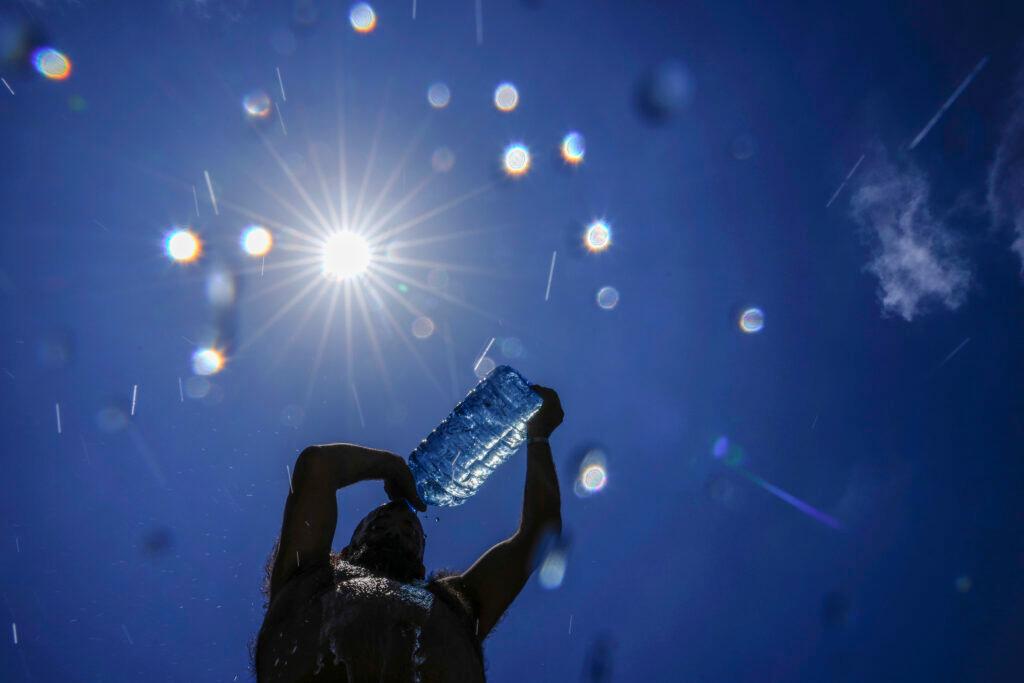
Consequences of extreme heat
“There are a lot of other health-related consequences of extreme heat in workers that we know about, including worsening of chronic illnesses,” said Newman. “The risk for kidney failure goes up with exposure of workers to extreme heat as well. So there's a range of health effects that we can really make a difference with a standard like this if we can get this into regulation.”
As the hottest month of the year gets underway, millions of Americans will be at greater risk of heat strokes, dangerous dehydration and heat-related heart stress.
The Labor Department has been developing a standard for how workplaces deal with heat since 2021. Last year, OSHA held meetings to hear about how the proposed measures could affect small businesses.
The AFL-CIO union federation praised the measure.
“If finalized, this new rule would address some of the most basic needs for workers’ health and safety,” said AFL-CIO President Liz Shuler.
Heat protection laws in the U.S. have faced steady industry opposition, including from chambers of commerce and other business associations. Many say a blanket mandate would be difficult to implement across such a wide range of industries.
The state has standards in place
Colorado, along with California, Oregon, Minnesota and Washington are the only states with workplace standards for heat exposure. Over the past year, Florida and Texas, led by Gov. Ron DeSantis and Gov. Greg Abbott, both Republicans, passed legislation preventing local governments from requiring heat protections for outdoor workers.
If finalized, the Biden administration's rule would override state standards, and states with existing procedures to deal with heat would have to institute measures at least as stringent as the finalized federal rule.
How easy or hard it will be to comply with the new rules will vary by industry and the kind of jobs people are doing, said Newman, who expects the new rules to be challenged in court.
Some rules are more straightforward, including things like requiring water rests and shade in some cases, adding electrolytes to the water that people are drinking or having rest periods, he said, noting the proposal also includes “paid rest” so workers don’t lose wages when taking time out due to heat.
“Some of it is common sense stuff where it may get a little bit more challenging for organizations to figure out what to do with this when it comes to this issue of acclimatization,” giving employees a chance to get used the heat over time, Newman said. “So parts of this will be a little bit more challenging but surmountable.”
“I think it is commonsensical, but it's also one of those things where we know that there's naivete around heat,” said Lemery. “These extremes are something that we're not used to. So those behaviors aren't necessarily there in different industries.”
Lemery noted many homes and businesses in some parts of the country, like here in Colorado, don’t have air conditioning or haven’t traditionally used public cooling stations, and the new rule is a signal that we’re entering a new climate. He called the new rules “an effort to backstop and have a minimum baseline protection of health.”
Already taking steps
Some employers have been taking more proactive steps in recent years.
Denver’s parks and recreation department said it sends information to all of its supervisors this time each year, asking them to review it with their crews. It includes tips and job-specific measures to protect against heat stress.
The agency also provides ample hydration supplies, like coolers stocked with ice, bottled water and Gatorade, as well as things like cooling bandanas, sun hats and neck wraps, according to a spokesperson.
It also encourages its staff to be able to recognize the signs and symptoms of heat stress in themselves and each other, and to seek respite whenever needed, whether that’s sitting in an air-conditioned vehicle, or somewhere else.
“Extreme heat is a dangerous issue for many people across America and right here in Denver,” said Elisabeth Cohen, Climate Adaptation and Resiliency Manager in Denver’s Office of Climate Action, Sustainability and Resiliency.
She said the city has been hosting “heat summits” this year meeting with community groups and representatives of various city agencies to learn about which policies and programs can keep Denverites cool and safe.
“We’ve also taken immediate action by partnering with nonprofits on mini-grants to expand access to cooling for people who need it most. We’re also expanding our incredibly successful tree-planting program,” she said.
Health officials urge caution
Colorado’s health department, the Colorado Department of Public Health and Environment, has a website dedicated to data about heat-related illness as well as one about heat and health.
That site has quick tips about extreme heat like staying in an air-conditioned space, drinking water often, providing pets with fresh water, limiting outdoor activities to when it’s coolest, wearing sunscreen, hat and lightweight clothing and visiting adults who are at greatest risk at least two times a day and watching them for heat exhaustion and heat stroke.
It also has information by population group, like infants and children, pregnant women, outdoor workers, older adults, people with chronic medical conditions, people without air conditioning and athletes.
The data website includes information about emergency department visits and hospitalizations by county, over time, with breakdowns by age, sex and out-of-state patients.
A top priority of the health department is to spotlight the risk.
“One of the biggest things that as a state we are doing is we really want people to be aware first and foremost about how dangerous heat can be, and particularly for those who are vulnerable,” said Scott Bookman, CDPHE’s Senior Director for Public Health Readiness and Response.
He listed older adults, babies, those with chronic medical conditions and those who work outside as being among those most impacted.
“This is a real, real situation that can be life-threatening and we want to make sure that all Coloradans are aware of it,” he said.
Bookman said part of that awareness has to do with knowing some activities that are no problem when it’s cooler can be risky as things get much hotter. That’s especially true for those who have a sensitivity to heat.
“If you have a heart condition, you shouldn't be outside mowing the lawn. And when it's 100 degrees out, I mean nobody should be, but particularly somebody who has one of these conditions,” said Bookman.
The Associated Press contributed to this report.

